In Guatemala, a history of discrimination and inequality of opportunity led to a 36-year conflict that finally subsided with a Peace Agreement in 1996. Improvements since then have prevented a return to conflict and begun to create the conditions for sustained stability. However, the persistence of substantial inequality constitutes a risk factor for future stability and constrains Guatemala’s growth potential.
Who are the Indigenous Peoples of Guatemala?
Guatemala has a population of over 15 million people, nearly half of whom self-identify as indigenous. This includes a diverse array of communities and different ethnic groups including the Maya (representing the largest indigenous community in the country), Garifuna, and Xinka Peoples.
The Maya people have suffered throughout the centuries a violent process of conquest, colonization, and neocolonial forms of domination across Guatemala, as demonstrated during the recent armed conflict. The international community must apply pressure on states to comply with existing laws aimed at the protection of cultural heritage, and Indigenous scholars must be trained and supported to participate in ongoing debates concerning archaeological investigations of Maya sites.
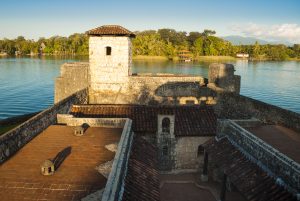
15th century - early 20th century
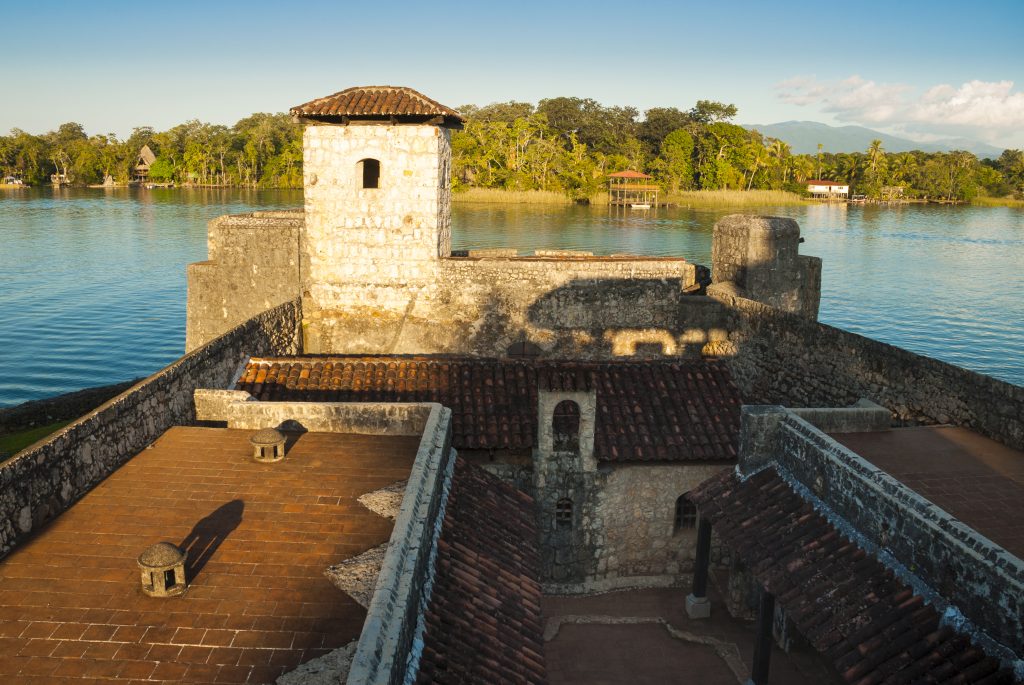
15th century - early 20th century
1523-24 – Spanish adventurer Pedro de Alvarado overthrows the indigenous Maya and turns Guatemala into a Spanish colony.
The Maya calendar, art, literature, religion, and spirituality—were nearly destroyed during the Spanish conquest and colonisation from 1524 to 1821.
1821 – Guatemala becomes independent and joins the Mexican empire the following year.
1823 – Guatemala becomes part of the United Provinces of Central America, which also include Costa Rica, El Salvador, Honduras and Nicaragua.
1839 – Guatemala becomes fully independent.
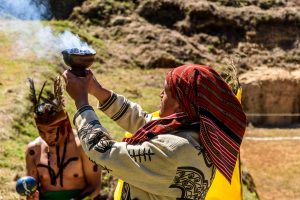
21st Century
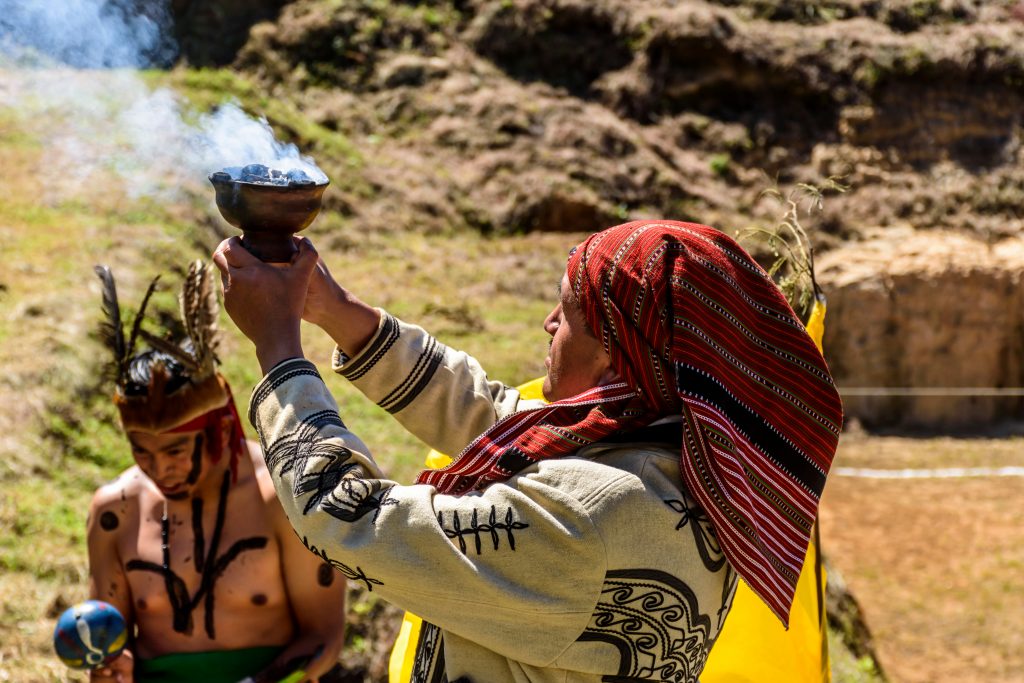
21st Century
2020 U.S. Archeologist Richard Hansen seeks to privatize Maya historical sites in Guatemala, in the name of conservation. Hansen plans to develop tourism in Petén’s El Mirador archeological site, against the wishes of local communities and Guatemalan scientists.
Maya organisations in Guatemala sent an open letter to Hansen “regarding his imperialist and colonial drive to expropriate our Territories and Sacred Sites”. The issue is now in the US Congress, where Senate bill S. 3131, also known as the Mirador-Calakmul Basin Maya Security and Conservation Partnership Act, sponsored by Senator James Inhofe of Oklahoma, was introduced in 2019.
International obligations
International obligations

Early history
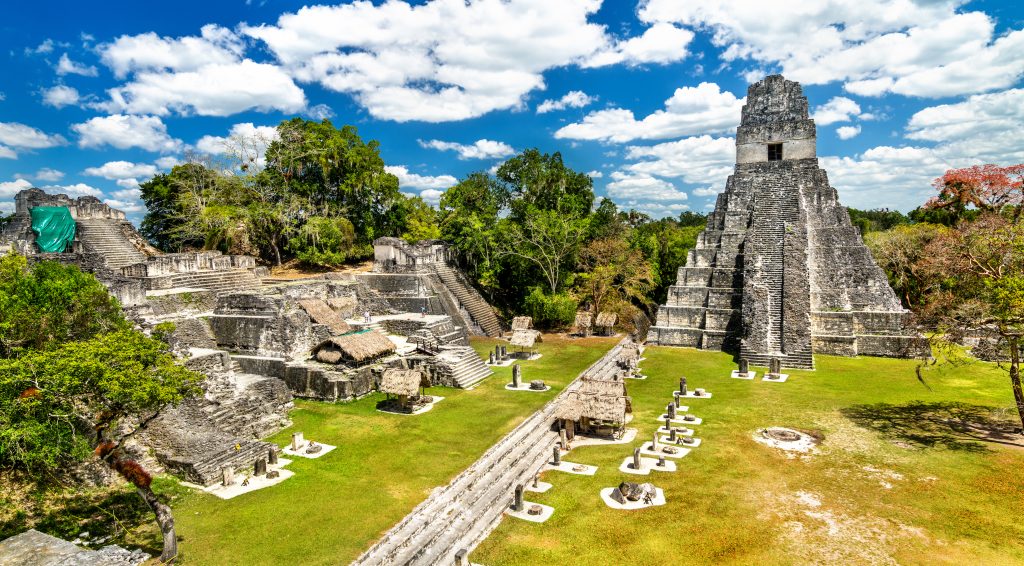
Early history
The earliest human settlements in Guatemala date back to the Paleo-Indian period and were made up of hunters and gatherers. Sites dating back to 6500 BC have been found in Quiché in the Highlands and Sipacate, Escuintla on the central Pacific coast.
The Classic period of Mesoamerican civilization corresponds to the height of the Maya civilization, and is represented by countless sites throughout Guatemala. The largest concentration is found in Petén. This period is characterized by expanded city-building, the development of independent city-states, and contact with other Mesoamerican cultures.
This lasted until around 900 AD, when the Classic Maya civilization collapsed. The Maya abandoned many of the cities of the central lowlands or died in a drought-induced famine. Scientists debate the cause of the Classic Maya Collapse, but gaining currency is the Drought Theory discovered by physical scientists studying lake beds, ancient pollen, and other tangible evidence.

20th Century

20th Century
1960–1996 The Guatemalan Civil War of had a devastating impact on the Maya people and their heritage, building on the legacy of what must be called Mayacide that began over five centuries ago with Spanish conquest and colonisation. This historical terrain articulates the ongoing risks to this ancient heritage from the distinctive perspective of the living Maya, for whom nearly every aspect of their cultural tradition remains unprotected.
1990 Maya Biosphere Reserve was created, communities protested for the establishment of the forest concessions so that they could continue their way of life, relying on forest resources.
1996 Signing of the Peace Accords, most refugees returned to Guatemala and rebuilt their abandoned communities or were relocated in new settlements. Unfortunately, the most important of those signed, the Accord on the Identity and Rights of Indigenous Peoples (AIDPI), was not implemented. In other words, the roots of the conflict remained unsolved. It was a peace without justice for the Indigenous population, who continue to endure racist treatment and discrimination.
1998, the Ladino community, a term commonly used for Guatemalans of European descent, of Carmelita was issued a concession totaling nearly 133,436.91 acres of the biosphere by the National Council for Protected Areas, known as CONAP. The project also included funding from the United States Agency for International Development. The concessions ushered in the communal management of the jungle. And after 25 years, the jungle has seen a far lower rate of deforestation than other parts of the country.
1999 Report of the Commission for Historical Clarification, otherwise known as the Truth Commission, more than two hundred thousand people died, one million were displaced internally, and a further thirty thousand were refugees in Mexico and other countries.
Conventions & new constitutions
Conventions & new constitutions